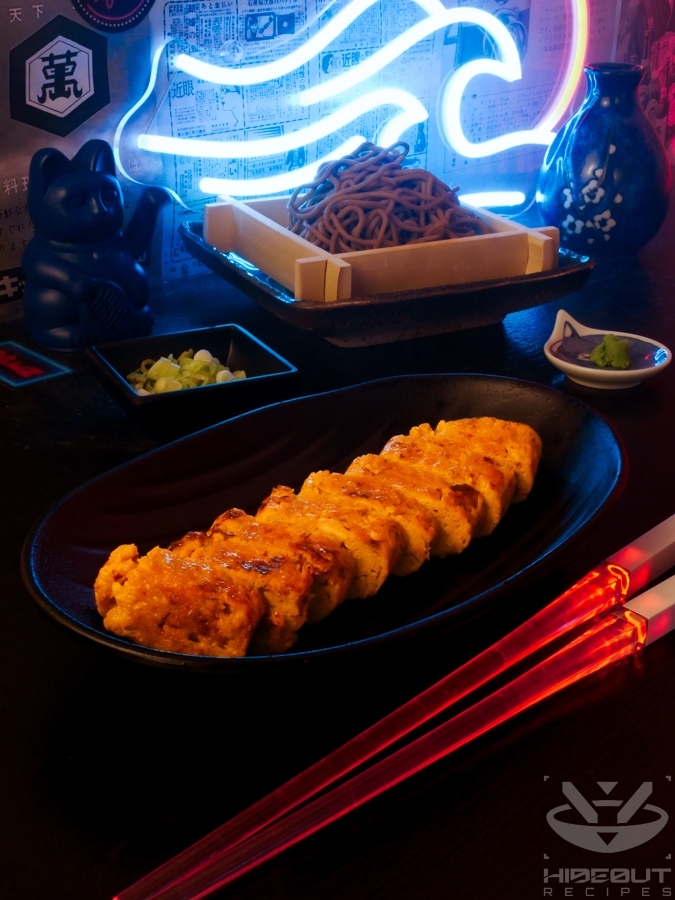Slightly sweet and highly versatile, this rolled omelet is an indispensable component of Japanese breakfast and lunch boxes.
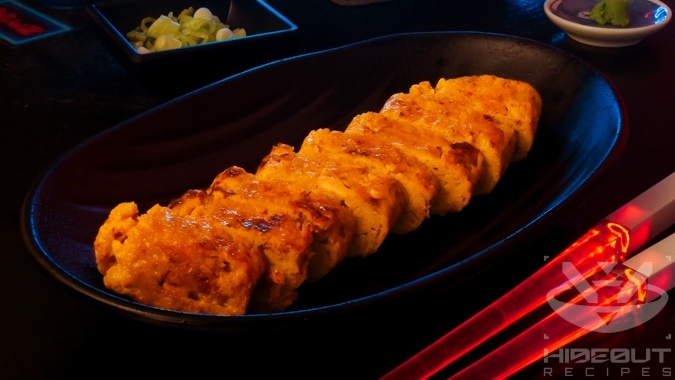
So this egg tastes better because it’s angular?
A Patron
Tamagoyaki is not a standalone dish. It’s usually eaten as part of a larger Japanese breakfast, or packed into a colorful bento box alongside other components for lunch. You can also make Tamago Sushi with it by strapping the slices to sushi rice using nori slices. If you get bored with the classic version, roll extra ingredients between the egg layers (such as nori, ham, or sliced green onion), or add sauces on top (such as ketchup, kewpie mayo, or okonomi sauce). Tamagoyaki is incredibly versatile and goes well with just about anything.
The rolling process can seem a little daunting, but it’s quite forgiving in reality. There are three main reasons why the egg might tear as you try to move it: It’s still too runny and needs to fry a little longer, there’s not enough oil in the pan, and/or the pan is not hot enough. You’ll get the hang of it fast, I promise. I’ve made it dozens, maybe hundreds of times for breakfast by now, and have gotten very quick with it.
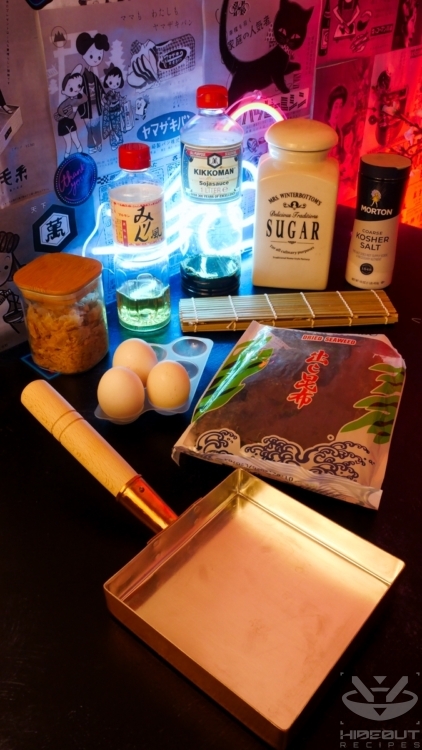
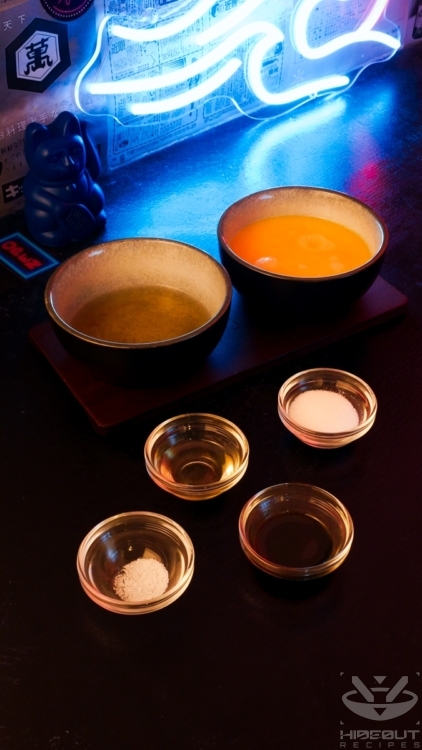
You need a Tamagoyaki pan for this recipe to succeed. There are different versions of varying materials and sizes. This recipe is meant for regular-sized pans, which are ideal for 3 eggs. If yours is smaller (usually narrower), use only 1-2 eggs so that the amount and thickness of the layers stay the same. The rectangular pan may seem like a gimmicky addition to your kitchen, but even if you don’t end up making Tamagoyaki frequently, it’s ultimately just a small frying pan you can use for anything.
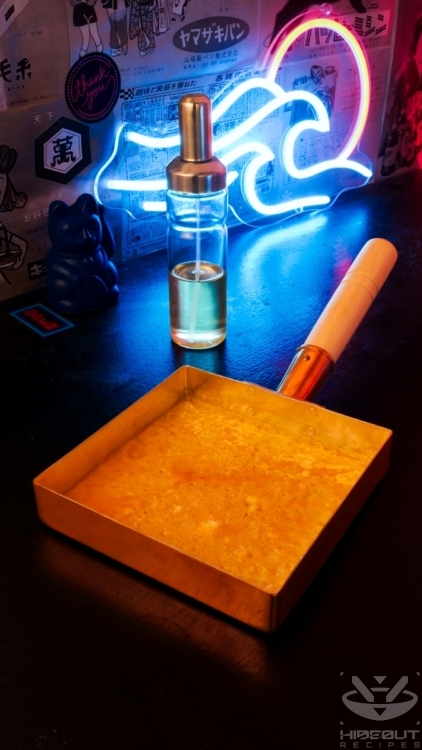
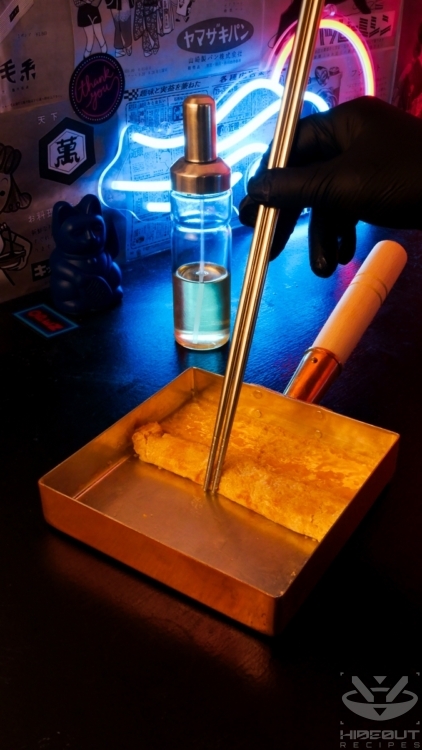
If you look at the picture-perfect Tamago slices you’re served at sushi restaurants, or photos from some online recipes (evidently not mine), you might wonder how the egg retains such a consistent texture and color. Apart from frying it evenly and not for too long, a large part of this is the mixing process. You need to thoroughly break the yolks and whites to form a very smooth mixture.
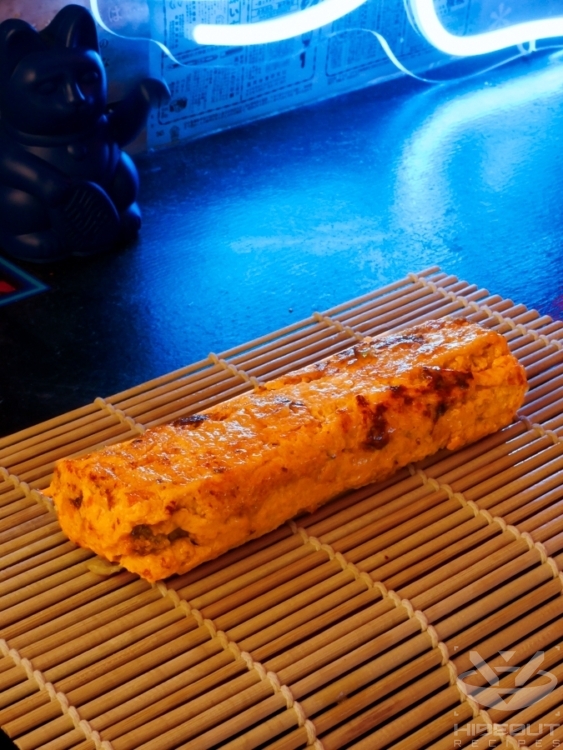
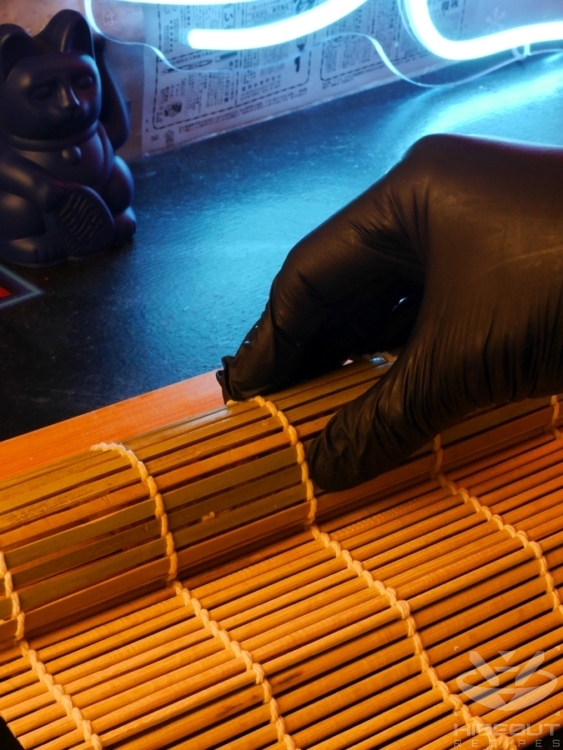
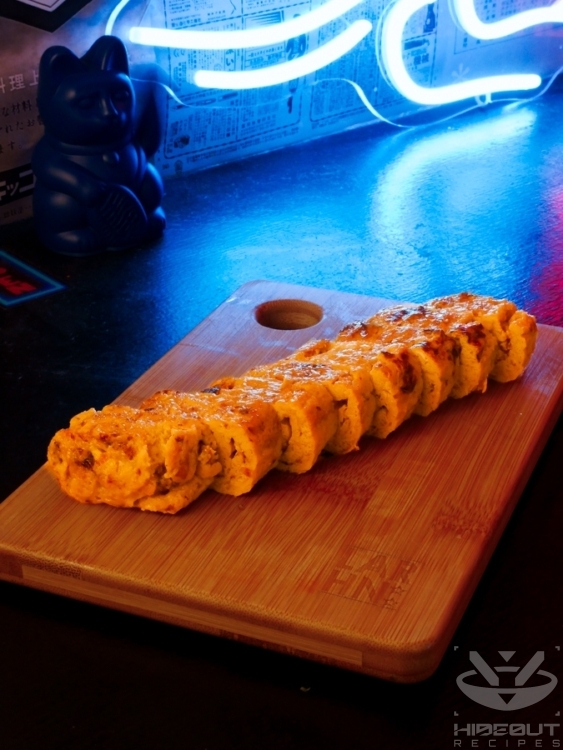
Recipe credit
I’ve been making Tamagoyaki for so many years that I’m not quite sure where I originally found the recipe. This one is largely based on the Tamagoyaki recipe by Just One Cookbook, more specifically the saltier variation called Dashimaki tamago. I also highly recommend the cooking class at Cooking Sun in Tokyo, where the whole rolling process is taught in great detail. (Plus, if you like the anime Your Name, the famous stairs are just around the corner from there.)
Tamagoyaki
Equipment
- 1 tamagoyaki pan
- 1 measuring cup with a spout
- 1 pair cooking chopsticks optional
- 1 small bamboo mat (e.g. for sushi) optional
Ingredients
- 3 eggs large
- 45 ml dashi homemade or powder-based
- 2 tsp sugar
- 1 tsp soy sauce
- 1 tsp mirin
- 1 pinch salt
- some neutral cooking oil
Instructions
Prepare ingredients
- If you don't have homemade dashi already, prepare some now using dashi powder according to package instructions.
- Crack the eggs into a mid-sized bowl (or into the measuring cup directly).
- Using cooking chopsticks, thoroughly beat the eggs. You want to break the egg yolks and whites down as much as possible so the mixture is very liquid and homogeneous. It helps to keep the chopsticks apart by sticking a finger in-between.(If you don't have cooking chopsticks, a whisk or fork will do.)
- Combine seasonings (dashi, sugar, soy sauce, mirin, and salt) in a separate bowl and stir well until all the sugar is dissolved.
- Mix the egg and seasonings in a measuring cup with a spout.
Fry
- Heat your Tamagoyaki pan on the stove over medium heat.
- Add a layer of oil. You can help distribute it evenly by wiping a paper towel piece across the pan using the cooking chopsticks.
- Pour some egg mixture into the pan (if you're using three eggs, about 25% of the total volume) and tilt the pan to distribute it evenly. Be quick, as it soon begins to stick. The layer should be a few millimeters thick.
- If air bubbles form, break them with your chopsticks. If there are holes or very thin spots, feel free to pour a small amount of egg on top to fix them.
- Fry the egg until no longer translucent or runny. Traditionally, it should be browned only very slightly or not at all, and retain a uniform yellow tone.
- Now for the tricky part. Using your chopsticks and/or whatever helps keep the egg as intact as possible (such as a spatula), start folding the egg layer towards the handle side.
- If the egg sticks to the pan or falls apart, you're probably moving it too early, not using enough oil, or the pan is not hot enough. If the inner layers look messy, don't worry. Only the last one needs to look clean.See process photos above.
- Push the egg to the far side from the handle, as it's usually more easier to fold all layers towards the handle.
- Distribute some more oil in the pan to prepare it for the next egg layer.
- Pour in another layer. Lift the existing cooked egg up a little and tilt the pan so the fresh mixture flows underneath and connects the layers.
- Fry once again until the new egg layer can be separated from the pan without falling apart.
- Now, starting with the side that your rolled previously (which will become the innermost layer), roll the omelet once more, away from the handle.
- Repeat the steps a third time and a fourth time until you're out of egg mixture. Don't forget to move the egg to the far side from the handle each time, and lift the egg when pouring in fresh mixture.
Serve
- Once done, take the pan off the heat. If you don't have a bamboo mat, skip ahead to the cutting step. If you have one, you can make the shape a little prettier.
- Place the bamboo mat down with the more bumpy side facing up.
- Flip the egg from the pan onto the mat.
- Wrap the mat tightly around the Tamagoyaki and press it into a vaguely rectangular shape. Squeeze hard enough so the bumpy surface leaves a rippled texture. See process photos above.
- Place the egg onto a cutting board or a plate.
- Cut the omelet into 6-8 even pieces. To help keep the sizes consistent, I recommend you begin cutting in the middle, then halve the halves, and finally halve the quarters.
- Serve as a side dish, or part of your Japanese breakfast!
